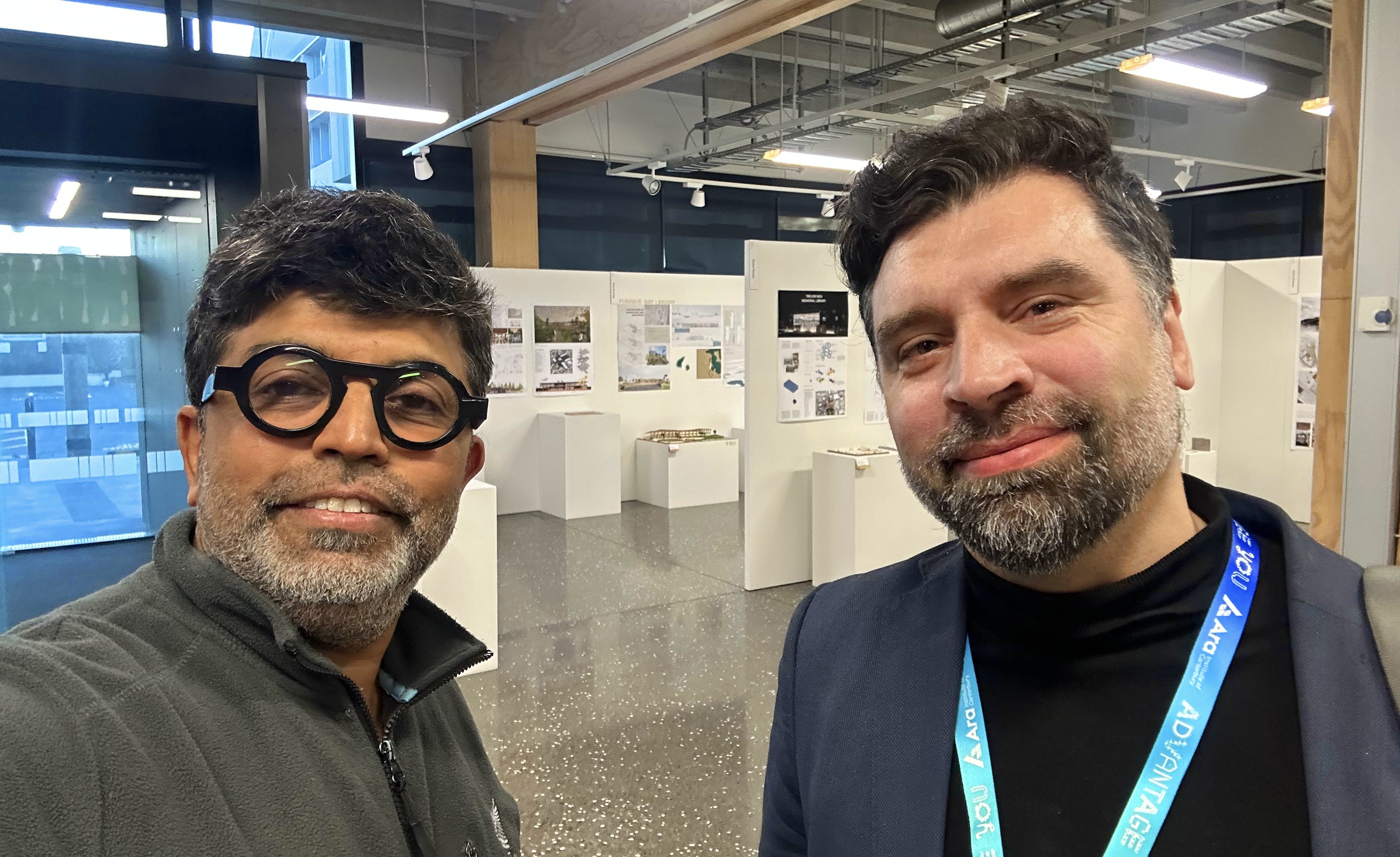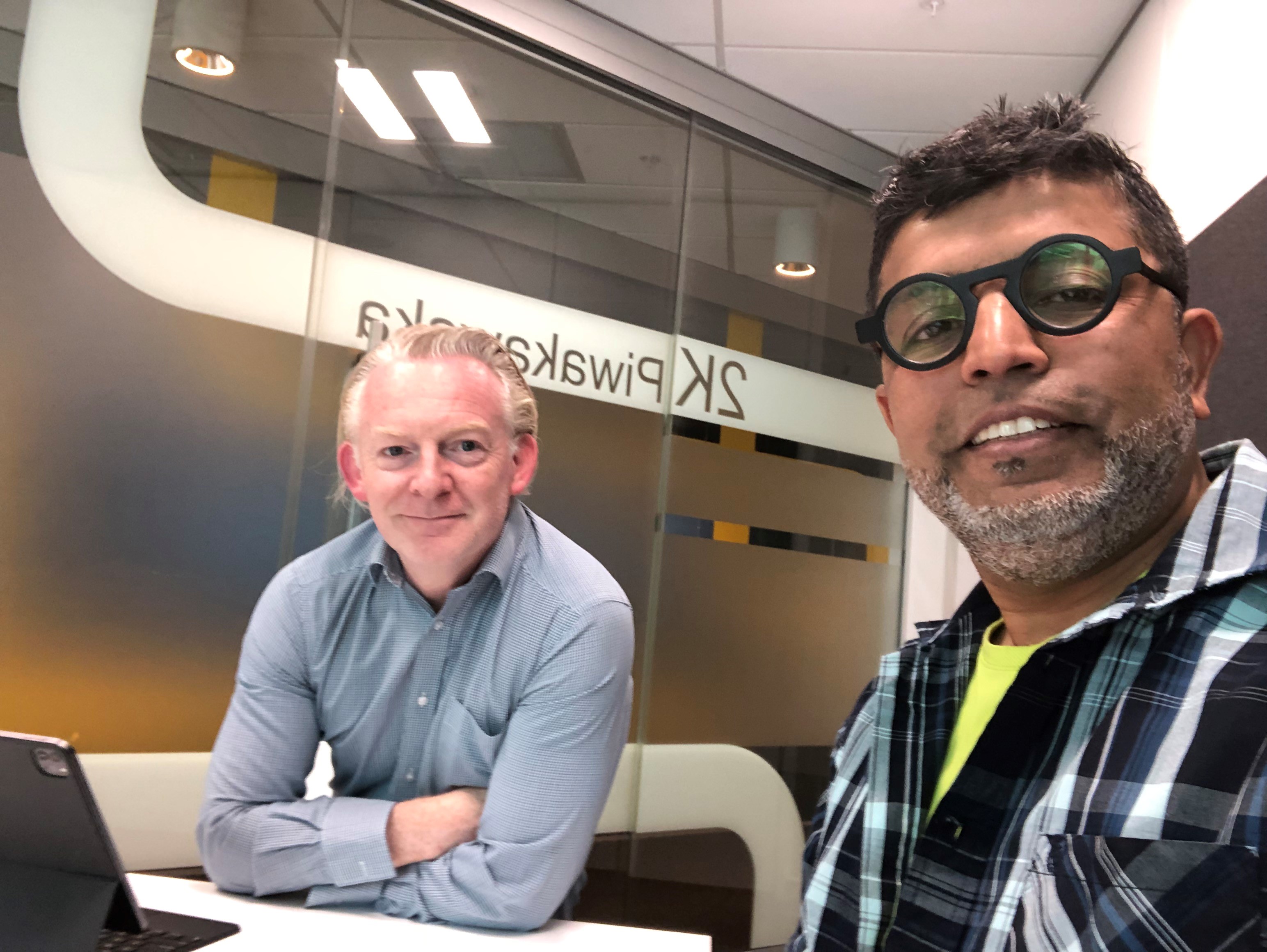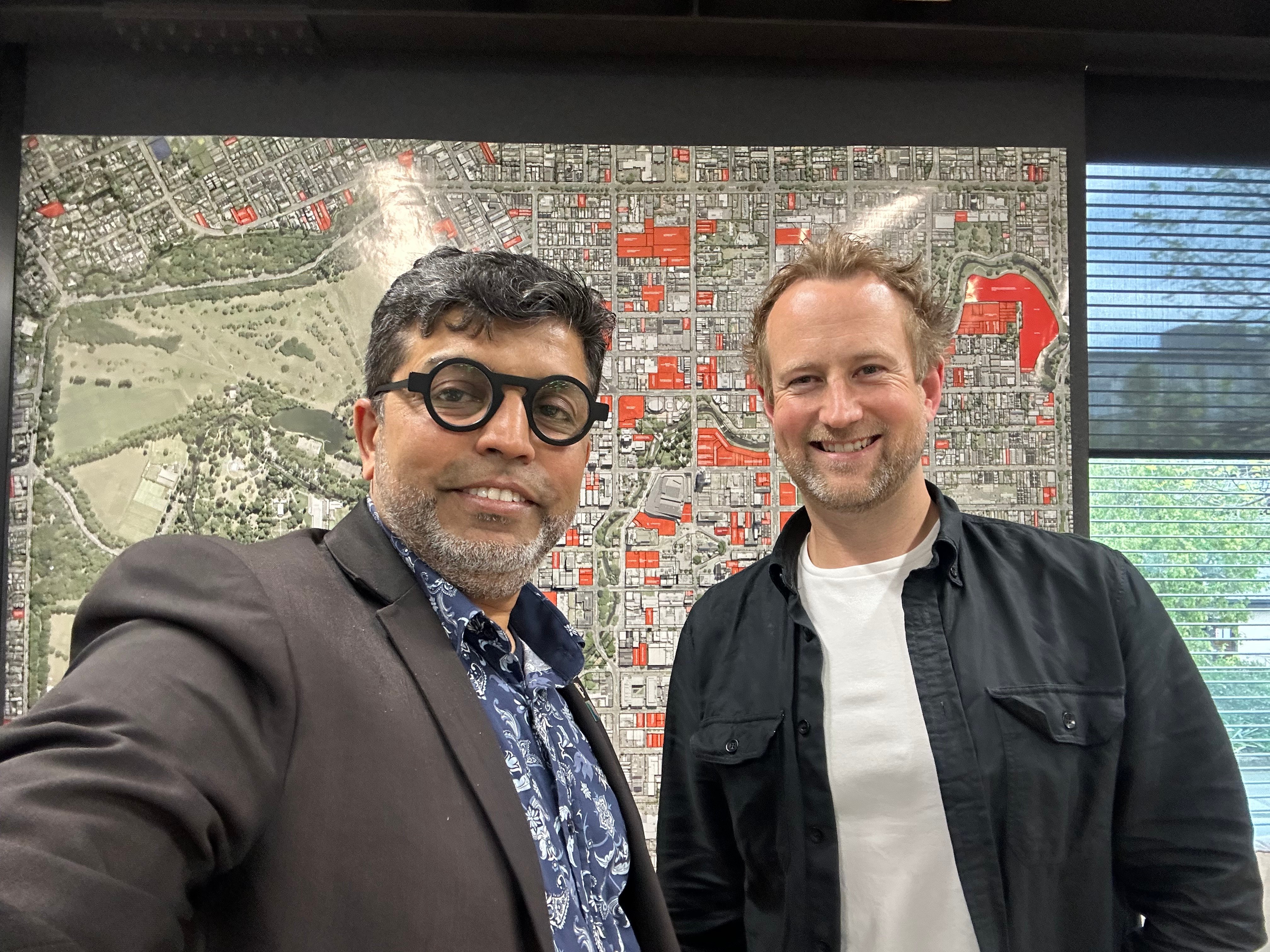Industry partnerships support innovation in construction education at Ara
18 August, 2025
Collaborative model builds student confidence and real-world readiness.
In Canterbury, Ara Institute of Canterbury’s Building Information Modelling (BIM) courses are demonstrating the power of collaboration between education and industry, and the results speak for themselves.
Led by Programme Leader Dr Mazharuddin Syed Ahmed, Ara’s BIM courses integrate industry partnerships at every stage, embedding real-world experience into the fabric of learning.
“We’re not just teaching students how to use software,” said Dr Ahmed. “We’re creating a living laboratory where students are exposed to real data, real challenges and real solutions. It’s an ongoing dialogue between the classroom and industry.”
What sets Ara’s programme apart is the depth and breadth of its partnerships. Leading construction and architectural firms, including Beca, Warren and Mahoney, WSP, GHD and Architectus, are closely involved in the courses’ design and delivery.


Left to right: Dr. Mazharuddin Syed Ahmed (Ara), Amedeo Papi (GHD), Patrick Gernon (Beca), Dr. Ahmed
Their input ranges from sharing expertise through guest lectures to co-delivering workshops and simulation projects. This direct engagement means students are exposed to the same tools, standards and processes they’ll encounter in the workforce.
“Partnering with Ara gives us early insight into emerging talent,” said Patrick Gernon, Associate – BIM Manager, Beca. “We help shape their learning in ways that reflect real-world challenges. They learn that project and BIM workflows need to go hand in hand with services coordination and buildability, reinforcing that it’s not just a 3D model that students are working with, they’re building a building! In return, we get graduates who are far more prepared to contribute from day one.”
At WSP, for example, team members regularly join Ara sessions to co-lead workshops on BIM coordination, MEP systems and heritage BIM. These aren’t just add-ons, they’re built into the curriculum and reflect current industry practice.
“Ara’s openness to collaboration is one of the reasons we return each year,” said Anshita Sharma, National BIM Manager, WSP. “They genuinely value industry input and that results in graduates who are confident, skilled and collaborative.”
Students take part in simulation projects that mirror real industry workflows, giving them hands-on experience in project delivery. By working on everything from digital twins and energy modelling to ISO 19650 standards, they’re equipped with the technical skills and collaborative mindset employers expect.
Brad Sara, Principal and Digital Services Lead at Warren and Mahoney, said partnering with Ara is about more than recruitment. “It’s about co-designing the future of project delivery - from the rigour of ISO 19650, to digital twin workflows, to culturally responsive design - so graduates leave fluent in real tools, real data and real accountability.”
The programme also opens up future-focused conversations around sustainability and digital innovation in construction, areas where new thinking is needed and welcomed.
For Ara, professional development is reciprocal. Industry mentors support student learning, but they also work alongside Ara’s teaching staff to keep the programme aligned with evolving tools, technologies and approaches.
“This model is about relationships, not just recruitment,” said Dr Ahmed. “It’s about building shared knowledge and mutual value between educators and practitioners.”
“Collaborating with Ara is a shared journey where students, tutors, mentors and guest lecturers all learn from one another,” said Amedeo Papi, National BIM and Digital Solutions Lead, GHD. “Each brings unique perspectives that not only enrich the other but also create meaningful connections between academia and industry.”
Importantly, Ara’s BIM programme also supports the integration of cultural values in design. With support from Architectus and guidance from Māori experts, students learn how mātauranga Māori can inform digital decision-making and enrich the built environment.
“It’s refreshing to see a programme that takes cultural values seriously,” said Mike Greisen, BIM Innovation Lead, Architectus. “Ara is helping to grow future professionals who understand how digital tools can be used in culturally responsive and meaningful ways.”
The result? Graduates who transition smoothly into the workforce. Industry partners who return year after year. And a programme that evolves in step with the sector it serves.
Ara’s BIM programme shows what’s possible when learning environments reflect the complexity, culture and collaboration of the real world.
Click here to learn more about studying BIM at Ara.


Left to right: Dr. Ahmed (Ara), Brad Sara (Warren and Mahoney), Dr. Ahmed (Ara), Anshita Sharma (WSP)